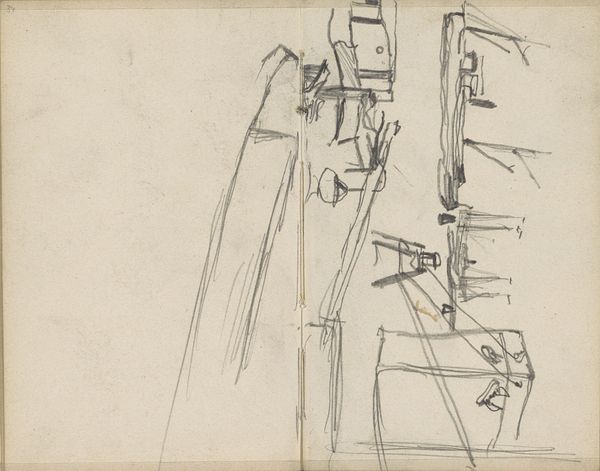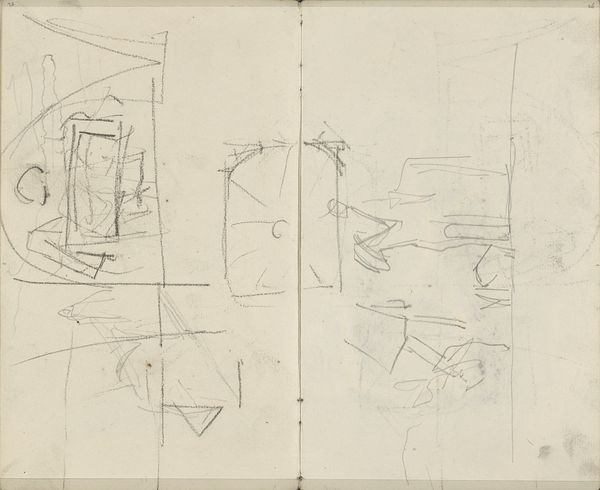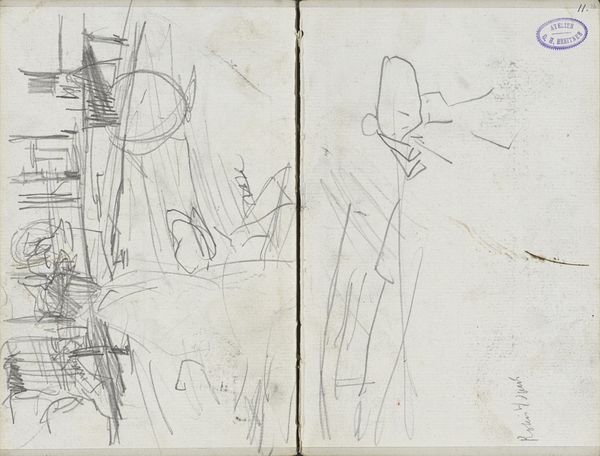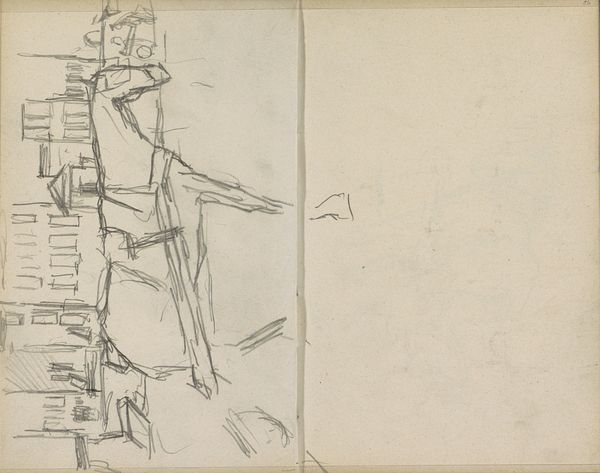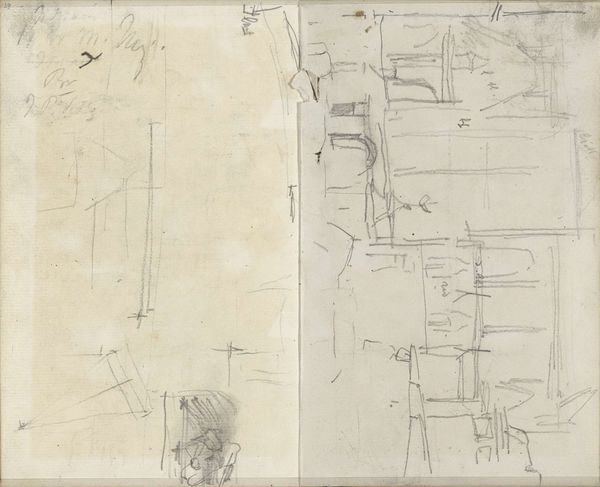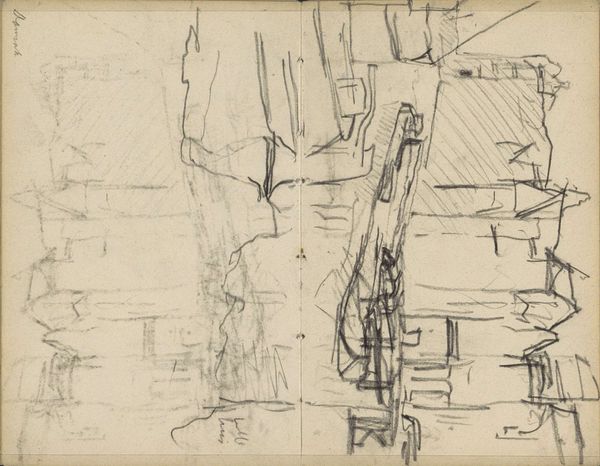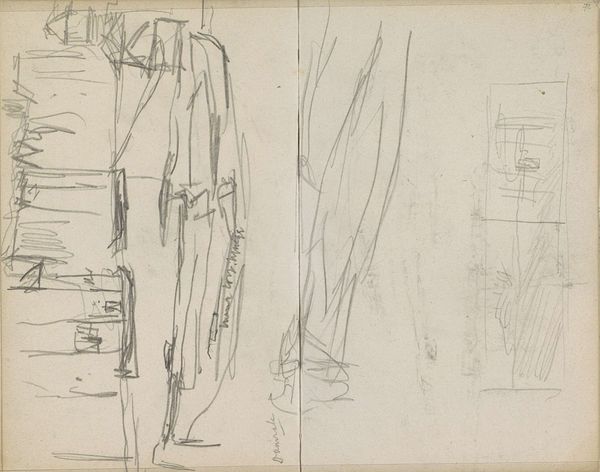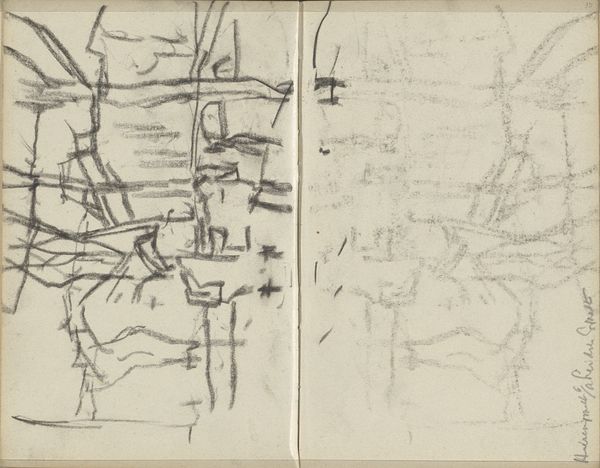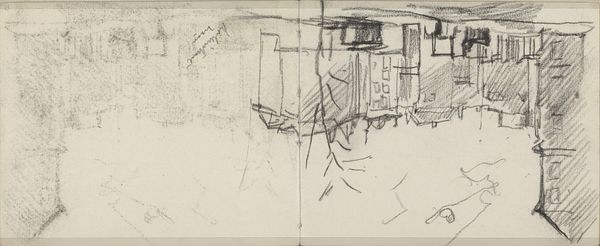
Gezicht op het Damrak te Amsterdam met de toren van de Oude Kerk c. 1903
0:00
0:00
georgehendrikbreitner
Rijksmuseum
Copyright: Rijks Museum: Open Domain
Editor: So, this is George Hendrik Breitner’s "Gezicht op het Damrak te Amsterdam met de toren van de Oude Kerk," a pencil drawing from around 1903. It’s… sparse, almost like a fleeting thought captured on paper. What stands out to you? Curator: It's Breitner, yes, but stripped down to its essence. It appears incomplete, more about the process and investigation than the final product. These quick impressions can unveil much more. Consider the Damrak itself. Breitner wasn’t simply documenting the picturesque, but rather, observing the societal and economic engine. How might this rapid sketching mirror the rapid industrialization and urbanization of Amsterdam at the time? Editor: I see what you mean. It's less about the pretty view and more about… the raw energy? Curator: Exactly. The drawing, in its incompleteness, speaks to the alienation and changing social dynamics spurred by progress. It's the feeling of being in the midst of change, rather than a romanticized version of the city. Notice the absence of detailed figures - perhaps suggesting their marginalization. Do you see hints of class divisions here? Editor: I guess, the almost obscured figures down below seem separate from the more defined structures above… almost like the towers overshadowing them. It does invite you to think about more than just the scenery. Curator: Precisely. It's a conversation about power, observation, and the human condition within a rapidly evolving urban landscape. Breitner wasn’t just drawing buildings, he was drawing attention to a shifting world, one sketch at a time. Editor: I'll definitely see Breitner’s work differently from now on, realizing that they're documenting real people and societal change. Curator: And in the sketch's incompleteness, its vulnerability, is where we might find the greatest truth.
Comments
No comments
Be the first to comment and join the conversation on the ultimate creative platform.
